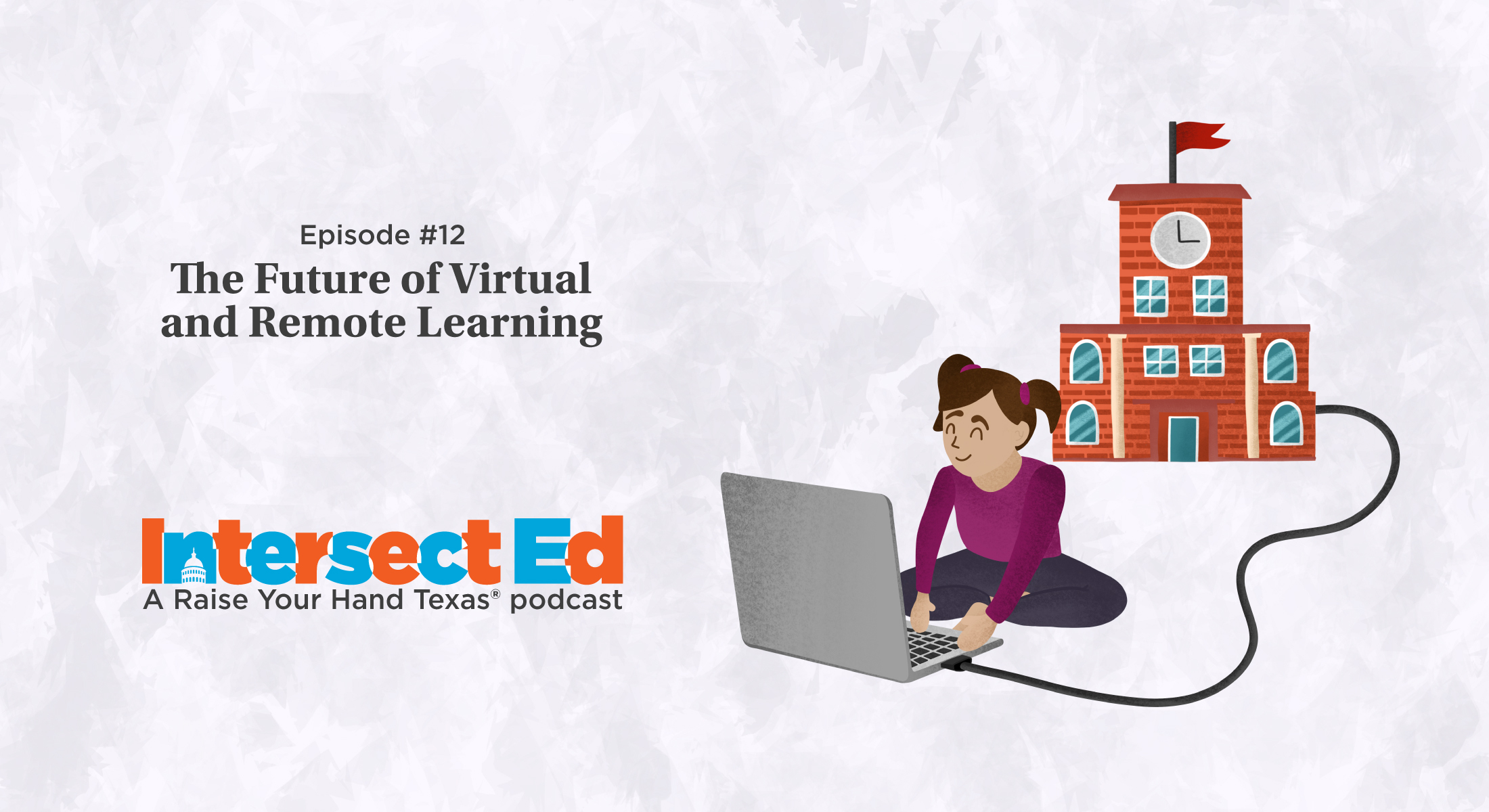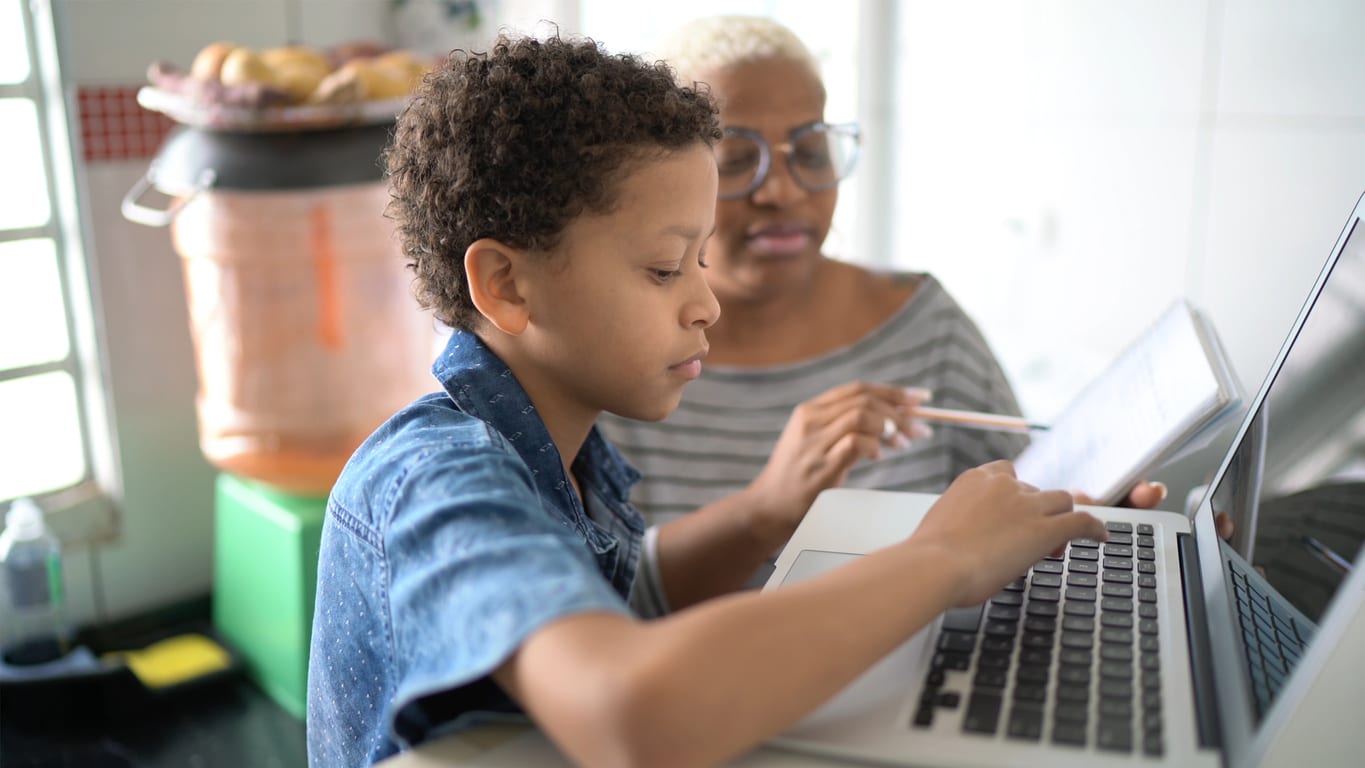NICHD - Eunice Kennedy Shriver National Institute of Child Health and Human Development. Together as a childs teaching team.

Remote Teaching And Learning Resources Scarfe Digital Sandbox
Families and caregivers absolutely have the ability to not only provide a supportive and safe environment but have fun while doing it.

. Now more than ever it is important that families caregivers and teaching teams work. For remote instruction learning navigators may be required to help students teachers and families use technology effectively. Expectations for student attendance and engagement will be in place and feedbackgrades will be provided to assess student progress.
Remote literacy learning includes a mixture of literacy learning experiences that are teacher-led family-led and student-led. This guide has strategies to help you with the remote learning and blended learning process. Families and caregivers are their childrens first teachers and are critical partners for teaching teams in supporting childrens growth and development especially during remote learning.
How can parents and caregivers promote early learning. When blended or remote learning might be necessary including during emergencies. Encourage joy in learning.
Use I notice statements to describe families and caregivers effective actions. Children thrive with predictability. We understand your needs and availability may change throughout the year so work with your childs teacher to create a schedule for remote learning that works for your family.
A student must feel empowered in order to take on new learning. These parents often have older students or students who perform above grade-level. Blended learning is an approach to education that combines ie blends traditional face-to-face.
Think out-loud about how you will choose when to complete your chores I will get my chores done by ___ because ___ Building Social-Emotional Skills While Doing Chores TIPS FOR FAMILIES AND CAREGIVERS OF REMOTE LEARNERS. It focuses on providing support to ALL children particularly children with disabilities within inclusive settings. Working with Families and Caregivers.
A childs home family and daily life have a strong effect on his or her ability to learn. These parents are deeply engaged in their students learning and are seeking ways to take their students academic education to the next level. Remote learning is new but its an opportunity for early childhood educators to engage with families in ways that we may never have had the opportunity to do before.
One thing we know about learning is the power of motivation and mindset. In this guide two terms will be used frequently. CREATING A LEARNERS MINDSET AT HOME.
While it might take some time and effort YOU know your child best. Create a consistent routine. The beginning of the year is a pivotal time in a childs life.
It may be easiest to start with a strategy that. Behavior Supports During Remote Learning Guidance for Families and Caregivers BackgroundPurpose This guidance is specific to the period of time in which students are engaged in remote learning due to COVID-19. Remote learning will take place five full days per week.
Family caregivers of people with dementia are often called the invisible second patients. Some parents feel like their families are thriving in the remote or hybrid learning environment. As you consider these resources initially only choose 1 or 2 strategies to try.
The effects of being a family caregiver though sometimes positive are generally negative with high rates of burden and psychological morbidity as well as social isolation physical ill-health and financial hardship. It is a collaboration among schools families and students. Learning at home will be more sustainable if it feels good for allcaregivers and students.
Specifically for preschool children According to the National Association for the Education of Young Children NAEYC 2009 one of the most salient issues in early-childhood policy and practice is ensuring that. Asynchronous and Blended Learning Remote instruction and support is most easily adapted to the individual circumstances of a student and family learning environment through the inclusion of asynchronous and blended learning opportunities. With remote learning now happening in homes at community centers at day care centers and with relatives friends and other caregivers it is important that all those supporting learning have the tools and resources they need to feel confident and ready to.
Novelty also goes a long way. Test plans using day-in-the-life-of DILO simulations Once school systems have a plan they can stress-test it by mapping out a typical day for students. Students will be expected to be logged in to their device everyday and interact live with their teacher s at certain times a minimum of three times per day.
As schools and districts communicate with families about these new learning experiences to be done from the home it would be helpful to include these overarching themes and messages. The workforce study illuminated the challenges of providing remote learning to young children. CONTENTS SEC TION ONE SEC TION T WO SEC TION THREE SEC TION FOUR SEC TION FIVE SEC TION SIX ENDNOTES ACKNOWLEDGEMENTS This publication was initiated and coordinated by the UNICEF Education Section Programme Division under the leadership of Robert Jenkins.
You are your childs first teacher and every day is filled with opportunities to help him or her learn. Person remote or blended learning Explanation of the schedule of in-person remote or blended learning Class size for in-person instruction Daily attendance model if blended learning Consider and describe the familycaregivers input including. PRACTICAL GUIDE TO BLENDEDREMOTE LEARNING AND CHILDREN WITH DISABILITIES.
In a blended learning model the socialization group could now safely take place in a park or playground. Parents have an important role in helping develop your childs literacy skills. They are adjusting to a new grade level new procedures new classroom space new teachers possibly.
In traditional classroom settings family and parent engagement has been shown to improve student mastery and social skills deepen engagement and minimize. Family engagement a mutual commitment made between educators and families to support whole-child development is a component crucial to student success. Many parents are seeking assistance to continue behavior supports to manage challenging behaviors at home during remote learning.
Our young students must always be touching feeling doing and exploring concepts for themselves and they cannot do this at home without intentional facilitation and support. Connection between families and caregivers is an important part of developing a high-quality early care and learning environment.

Transcript The Future Of Virtual And Remote Learning Raise Your Hand Texas

Modifying An Iep Or 504 For Distance Or Hybrid Learning Child Mind Institute

09 20 Today S Education A Technical Enterprise San Juan Silver Stage
0 Comments